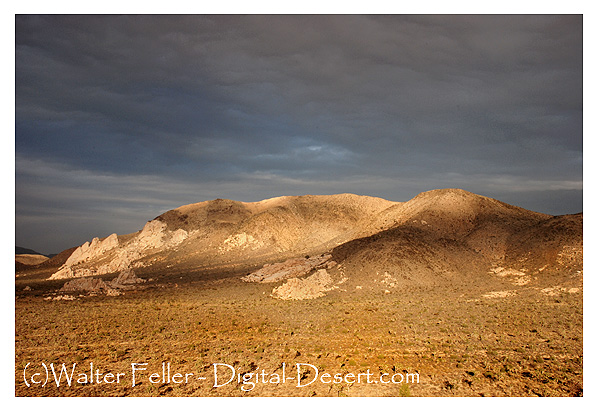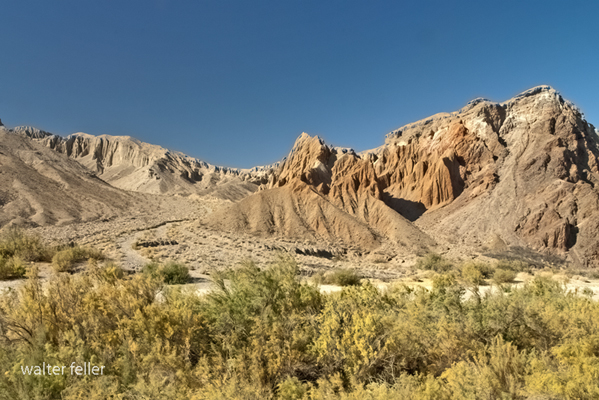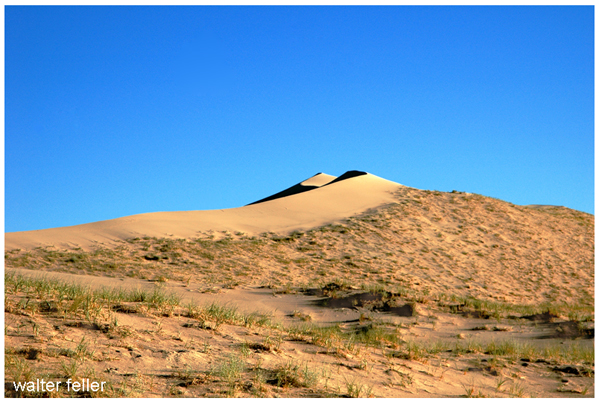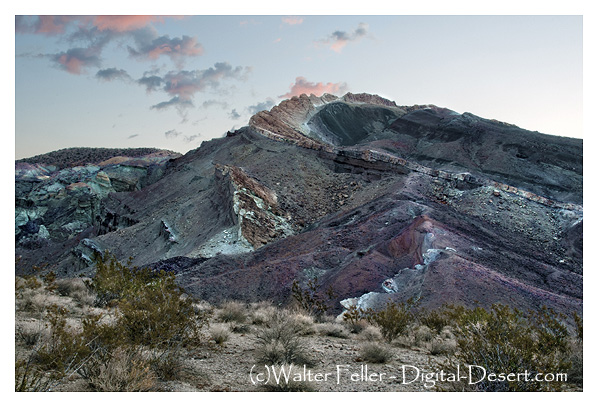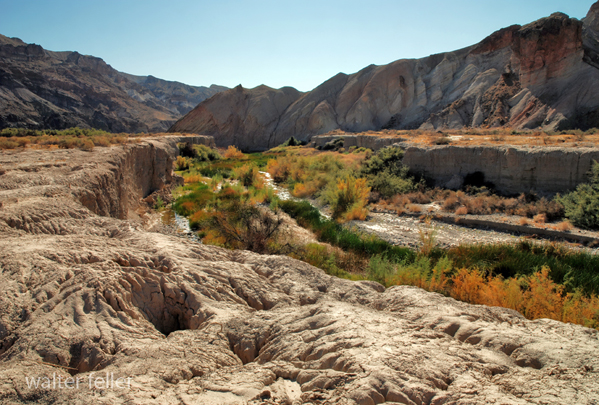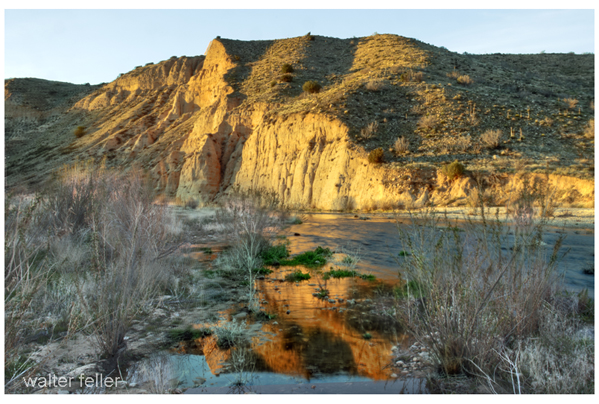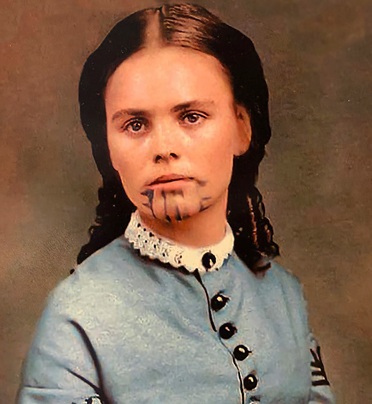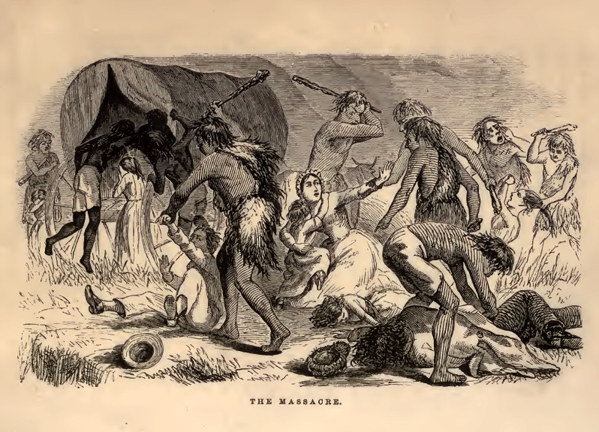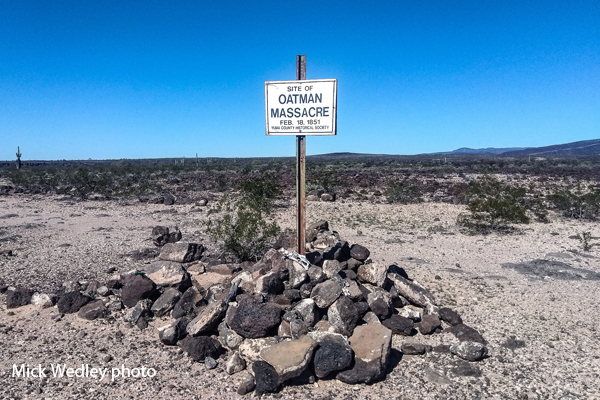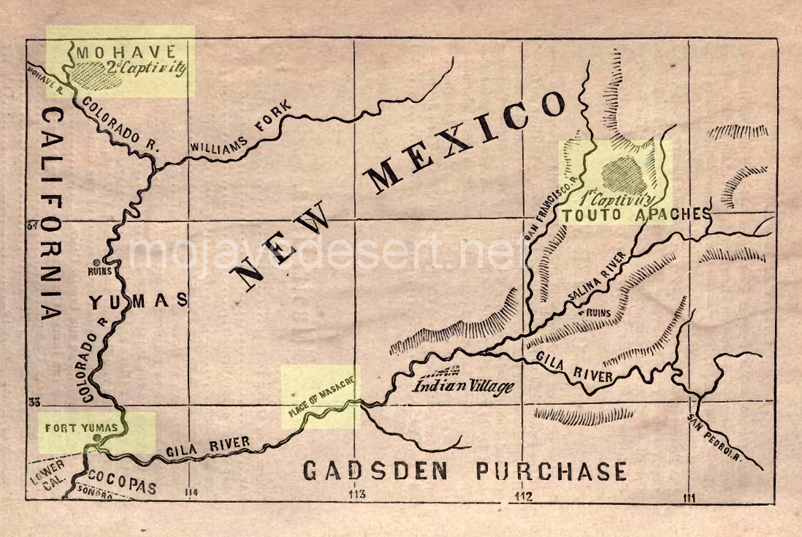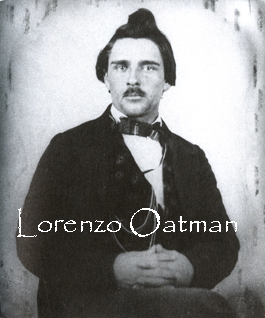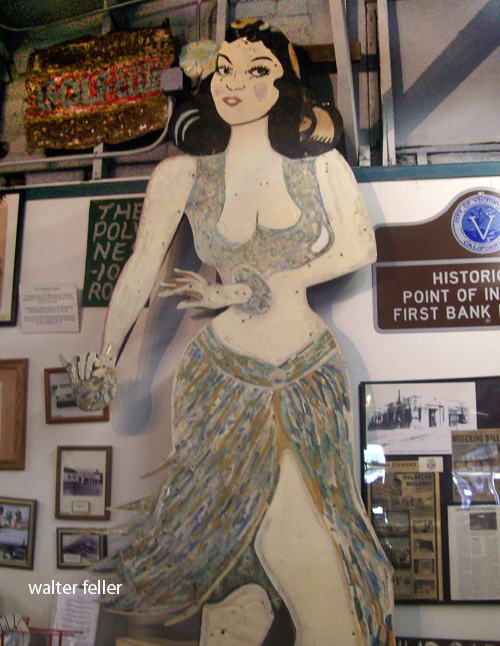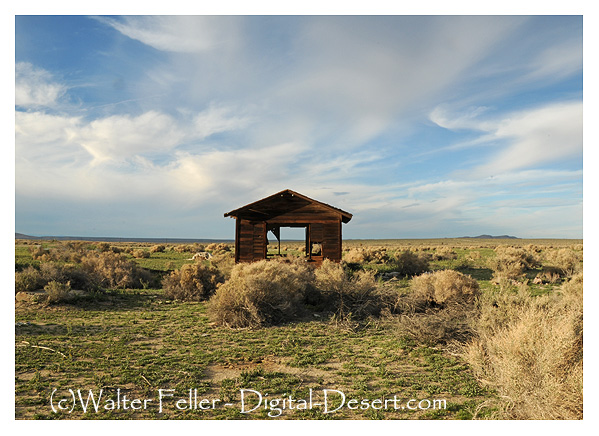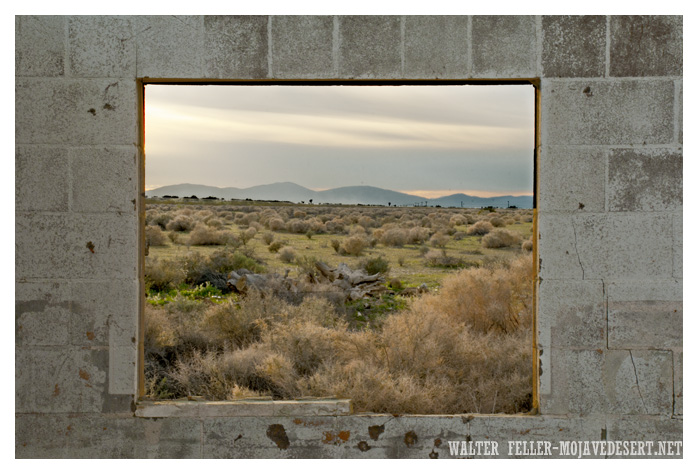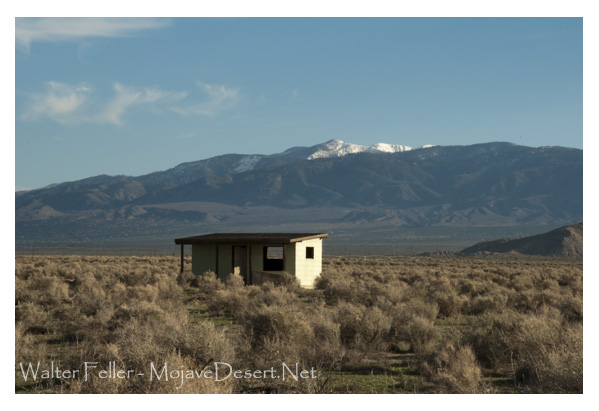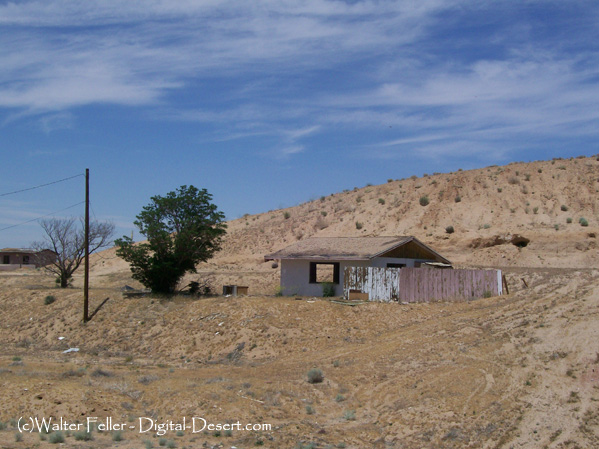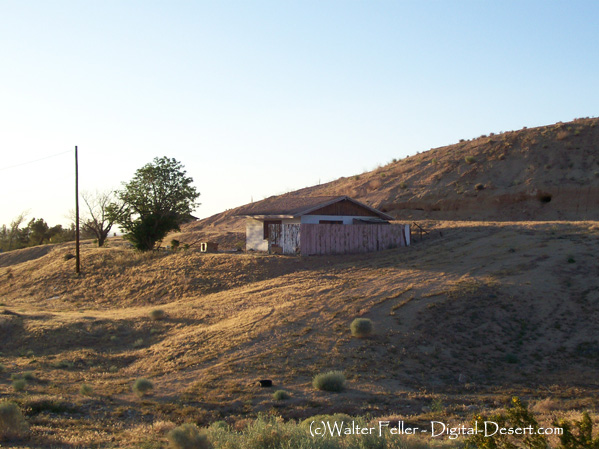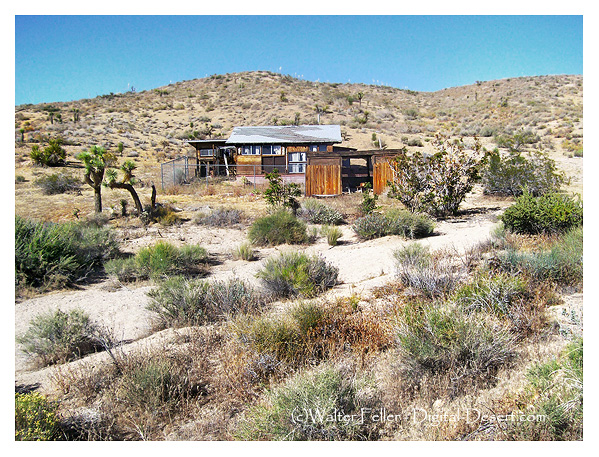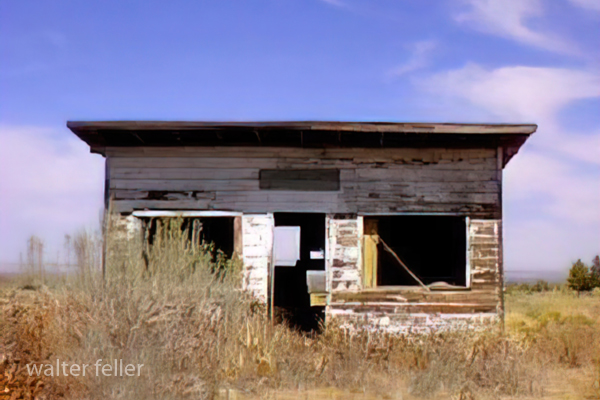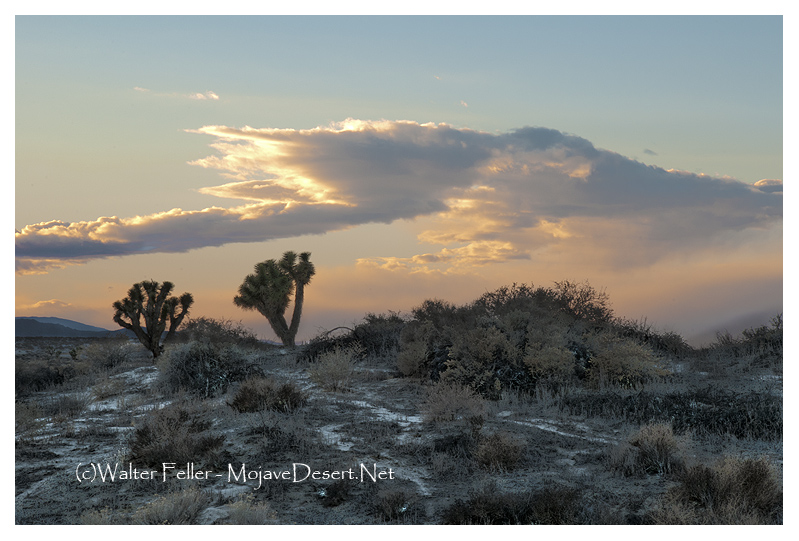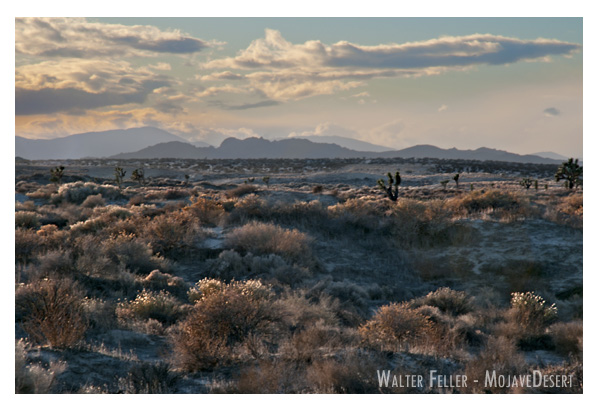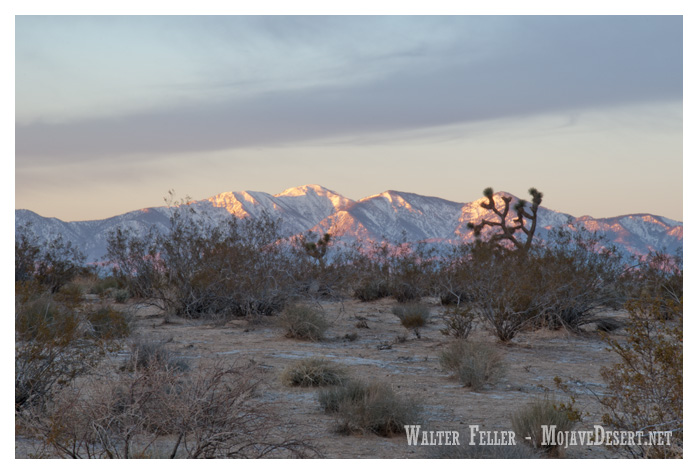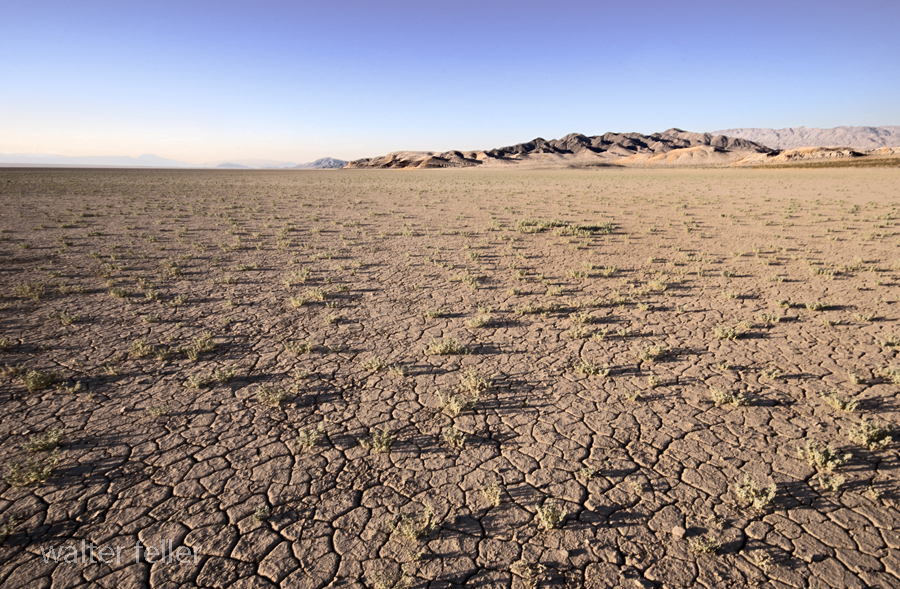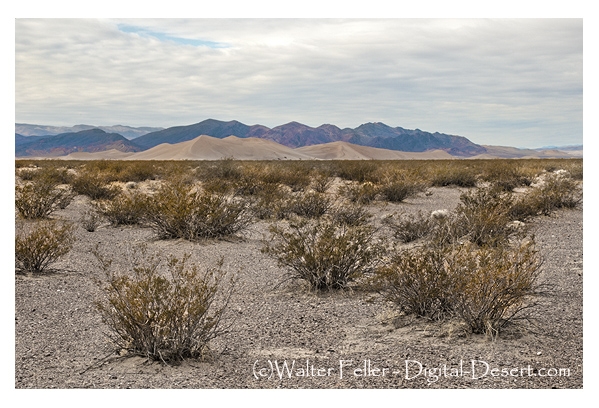Introduction:
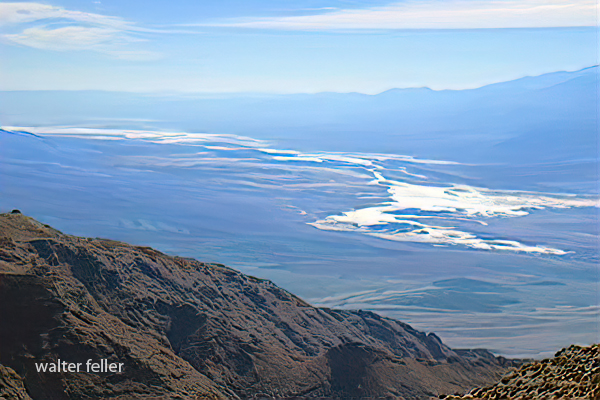
Death Valley National Park is known for its extreme temperatures, vast desert landscapes, and unique geological features. Located in Eastern California, this national park is a treasure trove for geology enthusiasts.
Formation and Tectonic Activity:
Death Valley’s geological history dates back millions of years. The valley is part of the larger Basin and Range Province, characterized by its numerous mountain ranges and elongated valleys. The formation of Death Valley can be attributed to the complex interplay of tectonic forces.
Faults and Uplift:
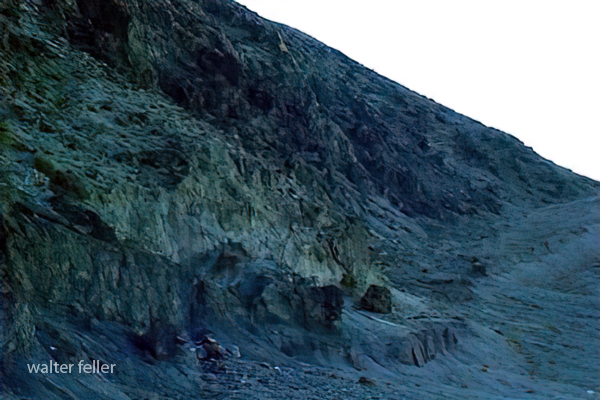
One of the key geological features of Death Valley is the presence of faults. Numerous faults, including the prominent Death Valley Fault Zone, crisscross the region. These faults have played a significant role in shaping the landscape, creating dramatic uplifts and sinkholes.
Playa and Salt Flats:

Death Valley is home to several unique geological features, including expansive salt flats and playa. The salt flats, such as the mesmerizing Badwater Basin, are formed when water dissolves minerals from the mountains and then evaporates, leaving behind a thick crust of salt. These salt flats provide a surreal and otherworldly experience for visitors.
Mesquite Flat Sand Dunes:
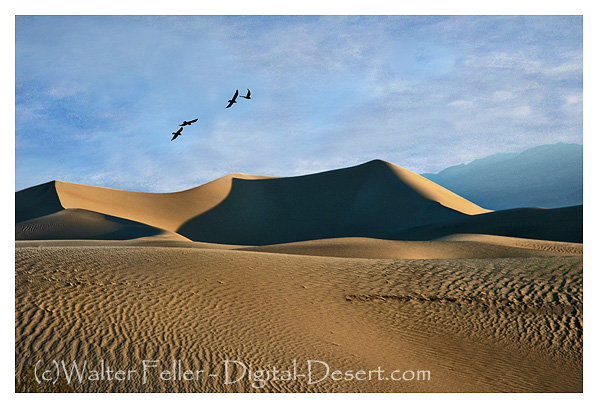
The Mesquite Flat Sand Dunes offer a striking contrast to the arid landscape of Death Valley. These dunes are formed by the accumulation of wind-blown sand over thousands of years. The shifting dunes create stunning desert scenery and are a popular destination for photographers and nature enthusiasts.
Geological Time and Fossils:
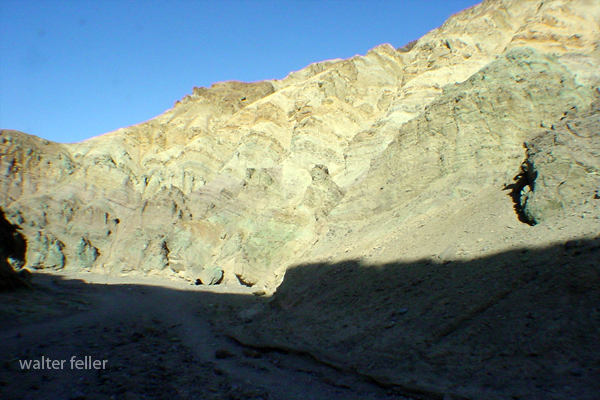
Death Valley is a geological time capsule, preserving a rich fossil record that spans millions of years. Fossils of ancient marine life, plants, and animals have been discovered, providing invaluable insights into the region’s past. These fossils tell the story of a time when Death Valley was submerged under a vast inland sea.
Volcanic Features:

Volcanic activity has also left its mark on Death Valley’s geology. The park is home to several cinder cones, lava flows, and volcanic craters. Ubehebe Crater, a massive volcanic crater, is a testament to the violent eruptions that occurred in the region thousands of years ago.
Conclusion:

Death Valley National Park is a geologist’s paradise, offering a glimpse into the dynamic forces that have shaped our planet. From the towering mountain ranges to the vast salt flats and mesmerizing sand dunes, the geology of Death Valley is a testament to nature’s immense power and beauty. Exploring this unique landscape is a humbling experience that allows us to appreciate the Earth’s geological history and its ongoing processes of change and transformation.
(c)Walter Feller
